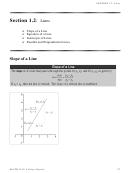Gases Chemistry Worksheet - Chapter 13, An Introduction To Chemistry Page 15
ADVERTISEMENT
497
13.2 Ideal Gas Calculations
When the team of chemists and chemical engineers meets to design the new process,
they begin with some preliminary calculations. First, they want to determine the
amount of gas that they can safely add to their reaction vessel. They know that the
optimum conditions for this reaction are a temperature of about 825 °C and a pressure
of about 700 kPa, and they have been told by the plant architect that the maximum
3
volume of the reaction vessel will be 2500 m
. Notice that the value for R that contains
the unit kPa is used.
PV = nRT
3
700 kPa (2500 m
)
3
PV
10
L
= 1.92 × 10
5
n =
=
mol
3
1 m
8.3145 L kPa
RT
(825 + 273.15)K
K mol
As you practice using the ideal gas equation, you may be tempted to save time by
plugging in the numbers without including their accompanying units. Be advised,
however, that it is always a good idea to include the units as well. If the units cancel to
yield a reasonable unit for the unknown property, you can feel confident that
You picked the correct equation.
You did the algebra correctly to solve for your unknown.
You have made the necessary unit conversions.
If the units do not cancel to yield the desired unit, check to be sure that you have done
the algebra correctly and that you have made the necessary unit conversions.
e
13.2 - Using the Ideal Gas Equation
xample
Incandescent light bulbs were described in Example 13.1. At what temperature will
O
16
bjeCtive
0.0421 g of Ar in a 23.0-mL incandescent light bulb have a pressure of 952 mmHg?
Solution
T = ?
g = 0.0421 g
V = 23.0 mL
P = 952 mmHg
The tip off that this is an ideal gas equation problem is that we are given three properties
of gases and asked to calculate the fourth.
Because the gas’s mass is given, we choose the expanded form of the ideal gas
equation. We rearrange the equation to isolate the unknown volume, plug in given
values, and cancel our units. In order to cancel the pressure and volume units, we must
convert 952 mmHg into atmospheres and convert 23.0 mL into liters. When this is
done, the units cancel to yield an answer in kelvins. Because kelvin is a reasonable
temperature unit, we can assume that we have picked the correct equation, done the
algebraic manipulation correctly, and made all of the necessary unit conversions.
g
PV =
RT
g = mass
M = molar mass
M
g
952 mmHg (23.0 mL) 39.948
PVM
1 atm
1 L
mol
T =
=
gR
3
760 mmHg
10
mL
0.082058 L atm
0.0421 g
K mol
= 333 K or 60 °C
ADVERTISEMENT
0 votes
Related Articles
Related forms
Related Categories
Parent category: Education
 1
1 2
2 3
3 4
4 5
5 6
6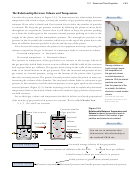 7
7 8
8 9
9 10
10 11
11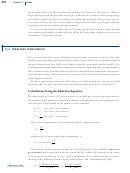 12
12 13
13 14
14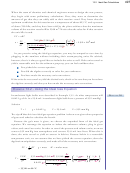 15
15 16
16 17
17 18
18 19
19 20
20 21
21 22
22 23
23 24
24 25
25 26
26 27
27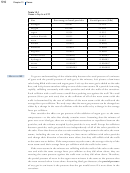 28
28 29
29 30
30 31
31 32
32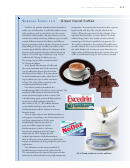 33
33 34
34 35
35 36
36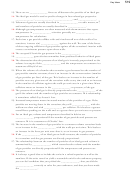 37
37 38
38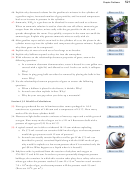 39
39 40
40 41
41 42
42 43
43 44
44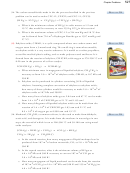 45
45 46
46 47
47 48
48 49
49